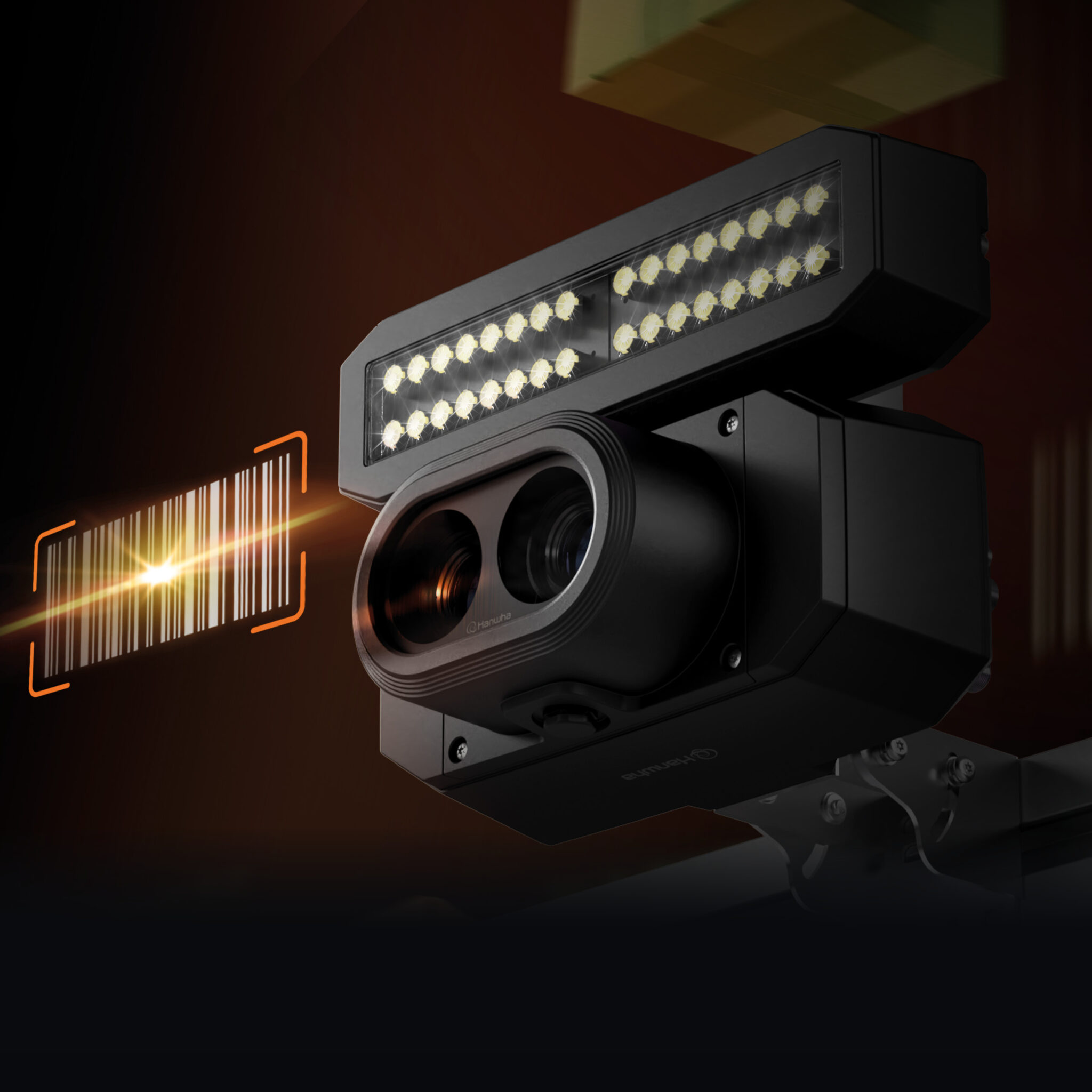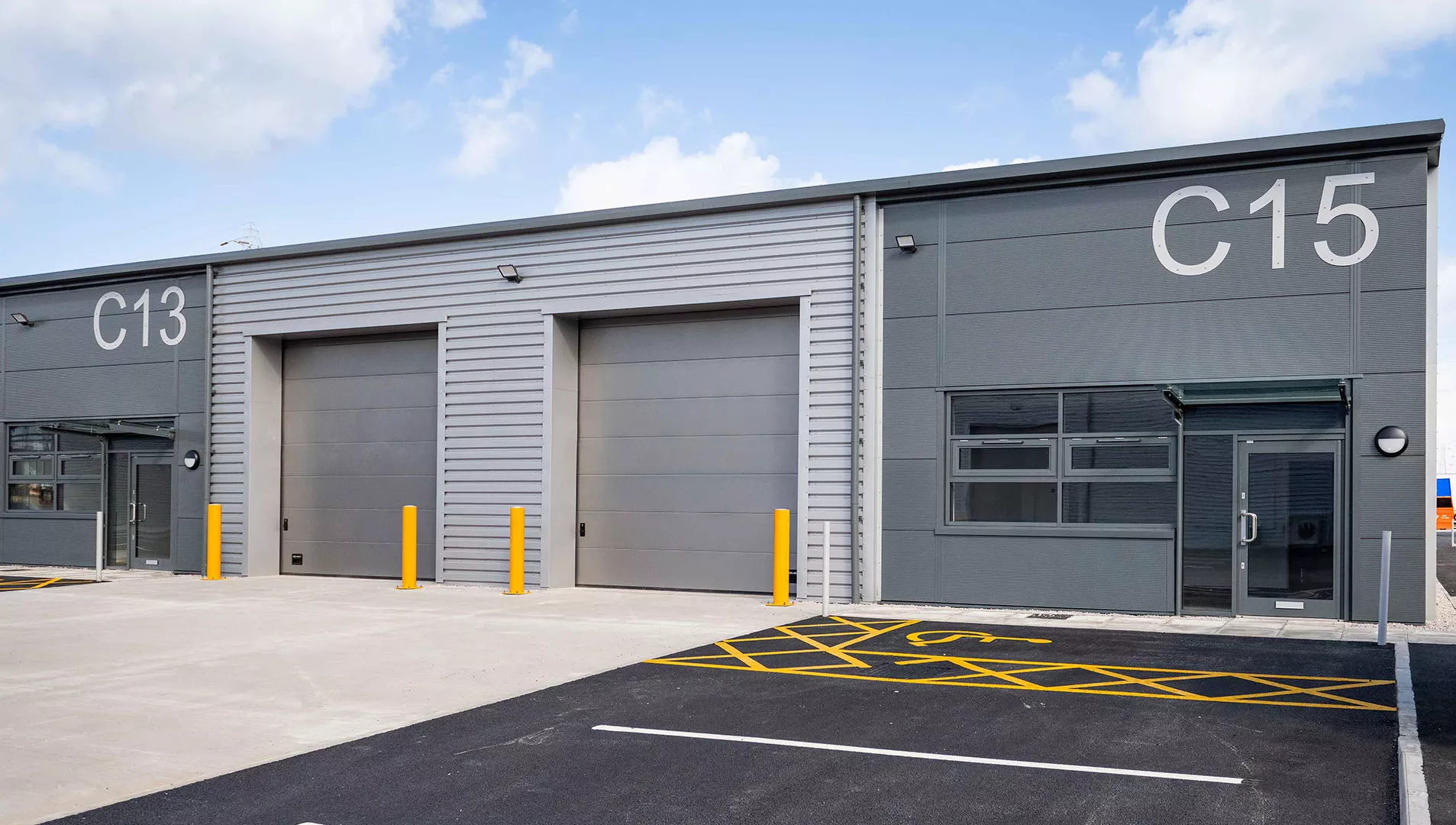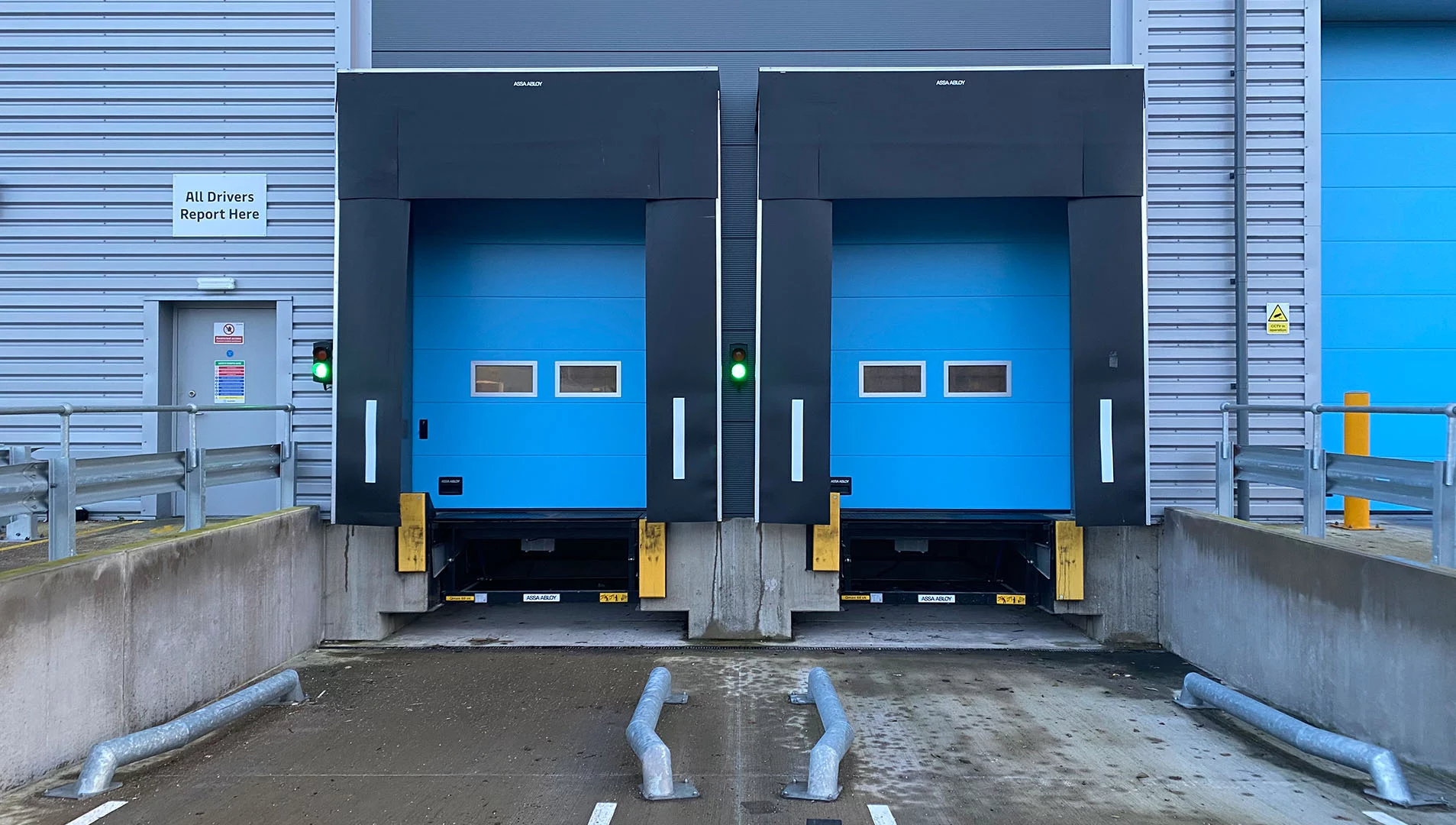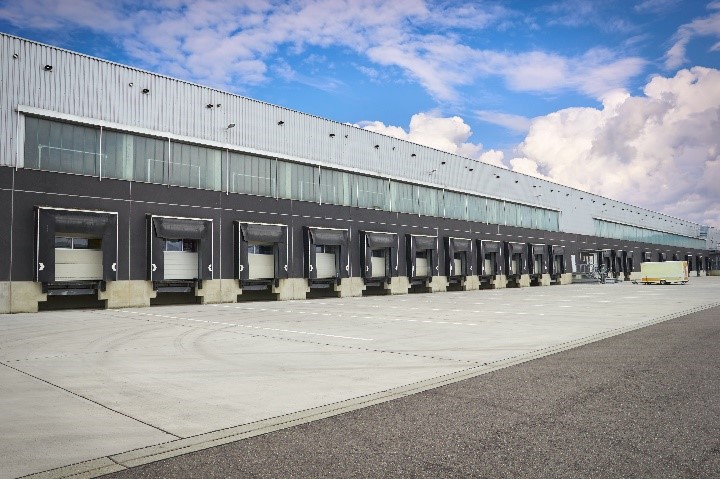Logistics companies face immense pressure to optimise their operations, enhance security, reduce losses, and become more cost-efficient. Advanced AI-powered video surveillance solutions provide essential support, including robust stock monitoring, access and perimeter control and proactive security – all while improving operational insights and automating tasks such as barcode scanning, according to Hanwha Vision Europe.
Investing in tailored and innovative surveillance solutions has a tangible and lasting impact across the entire supply chain, not just by preventing losses through theft and misplacement but also in tracking shipments across complex supply chains, improving the customer and delivery experience, and helping combat talent shortages through automation.
The rising cost and challenge of theft in logistics
In the last quarter of 2024, cargo crimes worth just over 100 million euros were reported to the Transport Asset Protection Association’s (TAPA) EMEA Intelligence System. This included the two months of the year (December and November) with the highest reported theft value in 2024.
Insider crime is a growing concern for logistics leaders, with warehouse, distribution and store employees accounting for 40% of retail theft losses in Europe. Beyond the obvious financial repercussions of this, losses across the supply chain can disrupt inventory accuracy, impacting customer satisfaction and causing unforeseen stock shortages.
How AI can support logistics loss prevention
Partnering with a strategic surveillance partner with tailored logistics solutions and long-standing experience in the sector can make a significant difference to loss prevention. Multi-layered security frameworks can be implemented to cover warehouses, distribution centres, car parks, storage, loading docks and more.
AI-enabled cameras integrated with a video management system (VMS) and intelligent IP audio analytics allow for real-time facility overview, whether on-site or remotely managed, giving operators greater situational awareness of potential events and objects of interest that may require further investigation. For instance, an unexpected vehicle entering a loading bay during busy periods can trigger an alert to a control room team, who can then track the vehicle and send ground teams to its exact location.
With AI continuously monitoring for potential security threats such as loitering, unauthorised access, and unusual employee or goods movements, operators are free to work on other activities, reassured that alerts will prompt them to investigate an event further. Team efficiency is improved with the VMS scanning for objects or events that require human input and automating tasks such as opening car park barriers for white-listed vehicles. Displays can be on fewer screens, with critical cameras and event displays on a single screen instead of traditional multi-screen control rooms. This improves energy efficiency and sustainability.
Increased operational insights
Now, AI-powered video surveillance goes beyond merely improving security. It can enhance operational efficiency by delivering insights into daily workflows that allow leaders to fine-tune processes such as staffing and delivery schedules.
AI-enhanced video systems can track goods movement, monitor inventory levels, and pinpoint inefficiencies on the warehouse floor in real time. AI-powered cameras can evaluate the flow of goods throughout a facility, automatically identifying bottlenecks, underutilised spaces, or slow-moving processes that may lead to delays. Over the longer term, patterns can be tracked to identify inefficiencies and areas of concern.
Historically, decision-making has relied on fragmented or outdated information captured on different systems, with issues resolved only as they occur and are discovered. AI-powered video surveillance spots potential issues before they escalate, such as an out-of-place package or a delay in an outbound shipment. Furthermore, AI-powered barcode scanner cameras can track packages through channels for video and barcode scanning in one device, with insights delivered in a single place for operators to take action. Such dual-channel cameras are a powerful way to streamline package tracking and retrieval, ultimately ensuring the package makes it to its final destination. Additionally, video playback can help operators understand what has occurred if a package is damaged in transit or lost to ensure claims are thoroughly investigated and resolved.

Other AI-powered cameras can closely monitor activities in loading bays, tracking if the right vehicles are parked where they should be, if they are receiving the right packages and, equally important, how long they are taking to achieve full load times.
Having this information can help company leaders identify the key reasons for any slowdowns and avoid costly delays. Besides minimising the chance of packages ending up in the wrong vehicle, it can also reduce safety-related concerns when parked commercial vehicles are not initially in their designated spots, so drivers are required to move them.
Simplifying compliance and reducing liability
AI surveillance can also assist logistics companies in adhering to strict safety, labour, and environmental regulations, for example, by detecting forklifts in an area and ensuring they are in a safe proximity to other vehicles and people. With AI-powered cameras monitoring operations and a VMS verifying adherence to required standards, leaders can rest assured that if they do need to provide evidence in a dispute or accident, detailed footage and data are captured by their surveillance system. This can be particularly valuable in the case of damage to goods, accidents involving personnel or claims of improper handling.
Beyond compliance monitoring, AI-powered video surveillance simplifies reporting by generating detailed logs and compliance records, saving time and costs associated with regulatory documentation.
Preparing your logistics for the AI-powered future
Embracing AI-powered video surveillance will help logistics leaders take their operations, efficiency, safety, and loss prevention to the next level – setting the stage for sustained success in an evolving industry. To realise these benefits, it’s vital to work with the right video surveillance partner, along with deploying the right AI-enabled solutions, to maintain a competitive edge and manage the challenges of both today and tomorrow.
similar news










